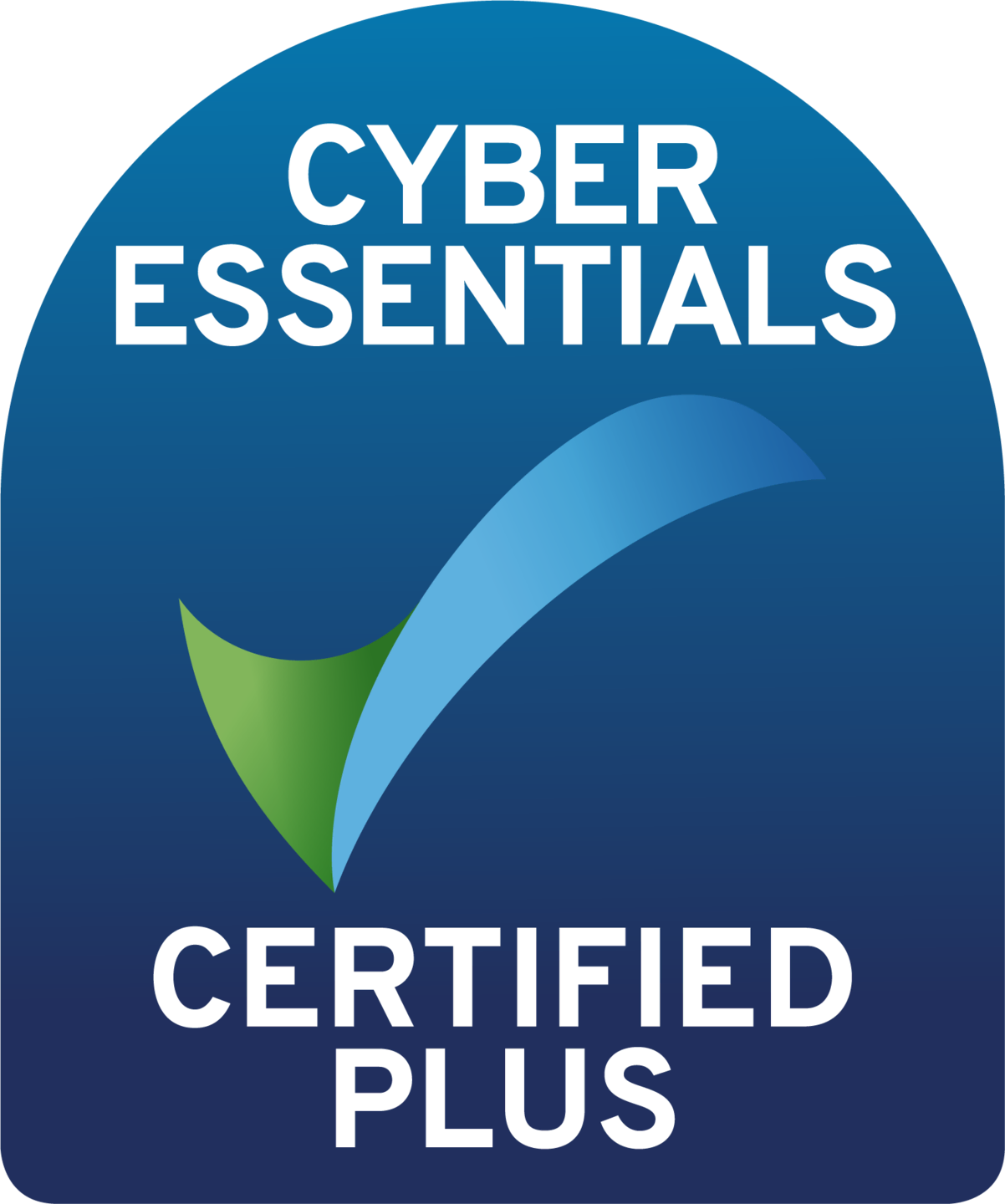The Rise of DIY AI in the Era of Data Sovereignty
Introduction: The Rise of DIY AI in the Era of Data Sovereignty
The rapid rise of generative AI and machine learning has made advanced automation accessible to all. But as businesses integrate these tools, a new challenge emerges: how to ensure control over the data that feeds, trains, and is produced by AI systems. For growing businesses and enterprises alike, building proprietary AI tools isn’t just a trend—it’s becoming a necessity for maintaining data sovereignty.
What Is Data Sovereignty, and Why Does It Matter?
Data sovereignty refers to the concept that data is subject to the laws and governance structures of the country in which it is collected or stored. With evolving regulations like GDPR, HIPAA, and others, businesses must know where their data resides, who has access to it, and how it’s used. When you rely on third-party AI platforms, you’re often handing over this control. This can have major implications for privacy, compliance, and even intellectual property.
Why Off-the-Shelf AI Tools May Not Be Enough
Platforms like ChatGPT, Google Vertex AI, or AWS Bedrock offer powerful capabilities, but they are shared platforms with opaque data pipelines. Businesses leveraging these tools risk:
– Data leakage through API usage
– Limited control over training data usage and model behavior
– Uncertainty about compliance across jurisdictions
While these platforms are helpful for experimentation, they may not meet the standards required for production-grade systems involving sensitive data.
The Case for In-House AI Development
Here’s why forward-thinking businesses are taking the leap and building AI solutions in-house:
– Data Control: Full ownership of input/output data flows
– Security: End-to-end encryption, access management, and audit logging
– Customization: Tailor models to specific business logic and KPIs
– Compliance: Ensure alignment with GDPR, ISO 27001, and industry regulations
– IP Protection: Retain full control of proprietary algorithms and logic
How High Digital Helps You Build Your Own AI Tools
At High Digital, we don’t just build data platforms—we engineer secure, scalable, and sovereign AI products. With expertise in technologies like Python, FastAPI, Databricks, and secure cloud environments (Azure, AWS, GCP), we help businesses:
– Architect and deploy private AI solutions
– Develop ML pipelines with role-based data access
– Monitor and test models for performance and bias
– Ensure full compliance from day one
Real-World Use Case: AI-Powered ESG Scoring Tool
Client Challenge: A sustainability-focused investment firm needed to build a proprietary AI scoring tool that ingested structured and unstructured ESG data while meeting compliance requirements.
Solution: We designed a secure, private model pipeline in Databricks, trained on regulated datasets, and deployed it via a FastAPI backend with a Next.js dashboard.
Results: The client achieved 3x faster insights, full regulatory alignment, and retained IP for their scoring logic.
Tips for Building AI Tools In-House (Successfully)
- Start Small: Begin with a narrow use case that delivers value fast
2. Use Modular Architecture: Separate components for ingestion, training, inference, and UI
3. Invest in MLOps: Automate testing, deployment, and model monitoring
4. Don’t Go It Alone: Partner with experts who understand the intersection of AI, security, and infrastructure
Looking Ahead: AI Is Strategic, Not Just Operational
The businesses that will win the next decade aren’t just using AI—they’re building it. Whether it’s custom recommendation engines, predictive logistics tools, or intelligent ESG dashboards, having control over your AI stack is now a strategic advantage.
In-house AI development isn’t a luxury. It’s how you protect your data, differentiate your services, and comply with the world’s toughest regulations.
Ready to Build Your Own AI Tools?
At High Digital, we bring the tech stack, the compliance mindset, and the engineering horsepower to help you build AI tools that are custom, secure, and fully sovereign.





